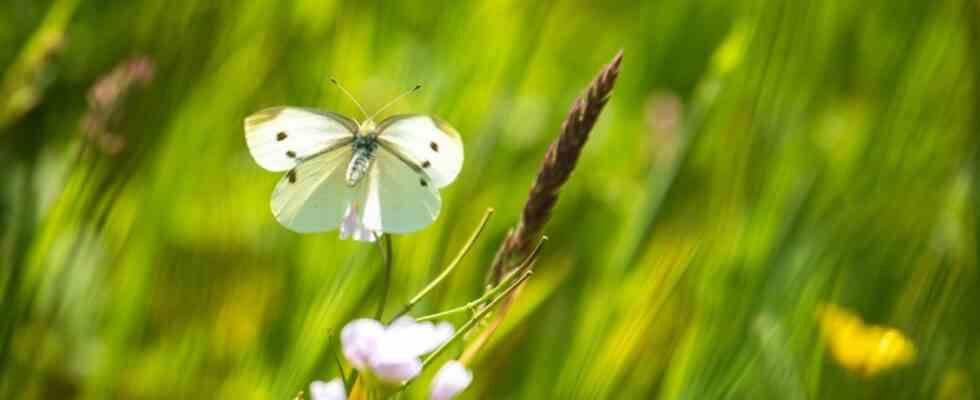Rare mowing primarily benefits insects that are considered useful: “If meadows are only mowed twice a year, this primarily benefits wild bees, butterflies and bugs,” says biologist Jens Rolff from Freie Universität (FU) Berlin. It is surprising that the proportion of harmful insects such as mosquitoes or root pests does not increase significantly, says Rolff about the results of a study recently published in the journal Urban forestry and urban greening has been published.
Cities and private institutions can therefore significantly promote biodiversity on their green spaces by only mowing green spaces twice a year. “In Berlin alone, public green spaces make up around 30 percent of the area and thus offer great potential for promoting biological diversity. There are also private gardens,” says Rolff.
The fact that harmful insects do not also increase sharply when species diversity increases can possibly be explained by the increasing number of predators such as predatory beetles, wasps and spiders, says Rolff. However, further research is needed here.
“In small areas, one can orientate oneself to the needs of individual species – for example, some butterflies or stem-breeding wild bees need vegetation that also remains in winter,” adds FU researcher Sophie Lokatis, who was involved in the study.
A large-scale reduction in mowing is being implemented, for example, on the areas of the Free University as part of the “Blooming Campus” project. There, Anja Proske, first author of the study, demonstrated an up to forty-fold increase in the number of insects on some areas – after only two years.
According to Rolff, the fact that the diversity of species is significantly higher on rarely mown green areas than on more heavily cultivated areas is nothing new. Studies have shown that before. However, most studies have focused on one or two sites. In their meta-analysis, on the other hand, the scientists at Freie Universität Berlin compared 26 studies from different countries in North America and Europe. “This extensive analysis shows that the influence of the rare mowing is an important effect and gives the whole thing a completely different evidence,” says the scientist.

